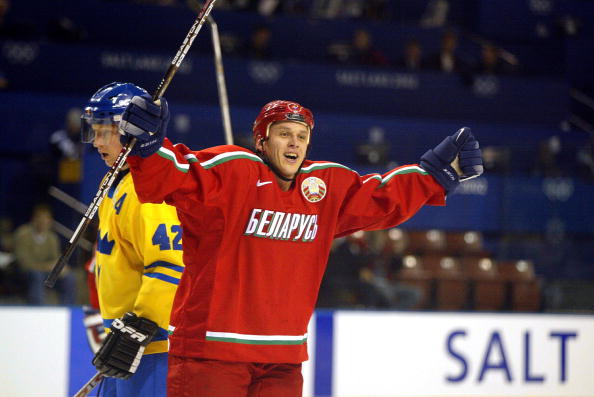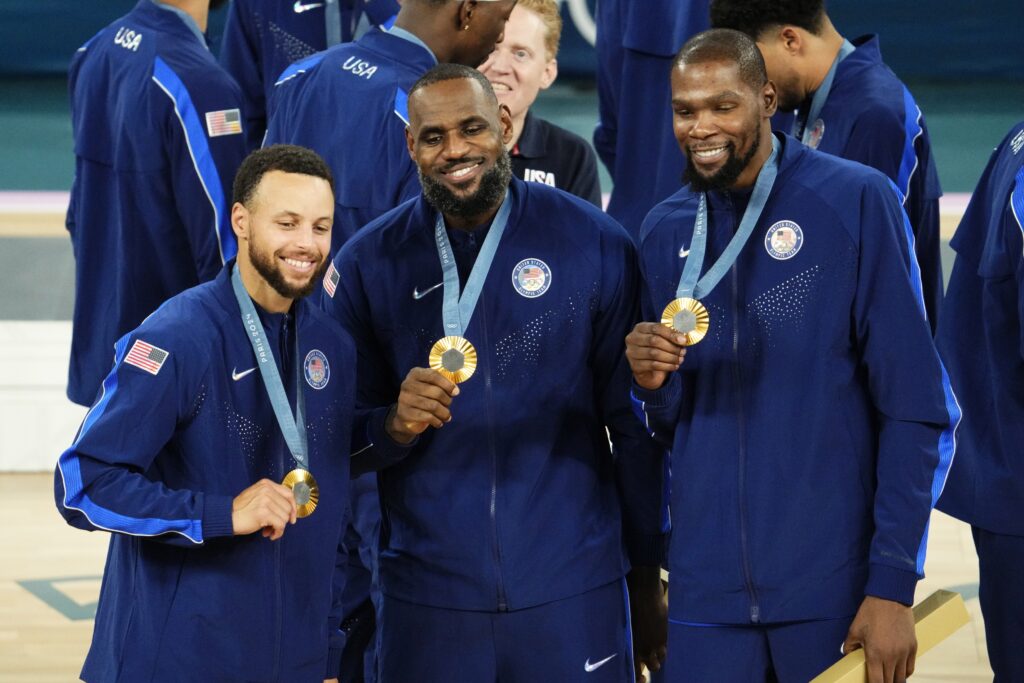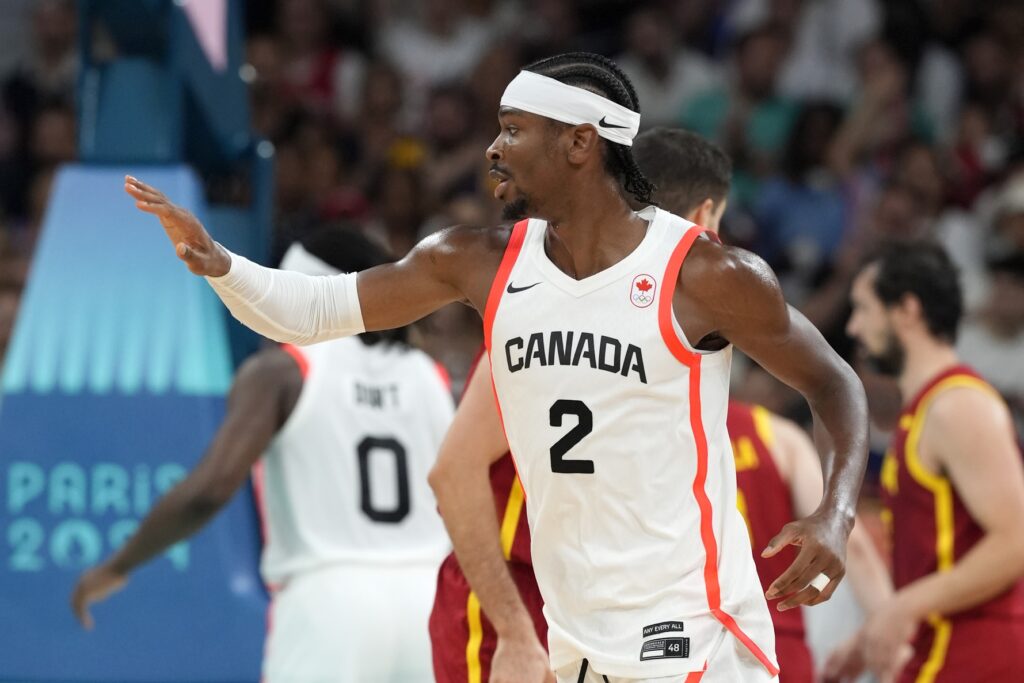Twenty years have passed since a 4-3 Belarus men’s ice hockey victory against Sweden, sometimes referred to as the “Miracle on Ice II,” transpired at the nineteenth Olympic Winter Games on February 20, 2002, in Utah.
After cruising through group C undefeated with emphatic results against Canada and Germany, Sweden, comprised almost entirely of NHLers, entered the quarterfinal stage as the pride of the tournament, having trailed for only 2:53 through the opening three games.
However, despite 47-19 and 46-26 advantages in shots and faceoff wins respectively, seven minor penalties drawn, three post shots and no less than three injured Belarus skaters, one would be hard-pressed to argue that Sweden deserved the win that day.
Miracle on Ice II turns 20
Star power fizzled out…
While Sweden’s top line featuring Daniel Alfredsson and Mats Sundin—no Peter Forsberg, who was away on sabbatical—easily abused the corners through the dump and chase and lengthy cycles, the squad too often settled for shots from the blue line, rather than working obvious size mismatches at the net. Furthermore, much of Sweden’s positive gains earned by their torpedo forecheck committing deep in the offensive zone were neutralized early on the counterattack: penalties drawn on both a short-handed 2-on-1 and an incredible deke from Andrey Rasolko directly led to two goals from Oleg Romanov and Dmitri Dudik to give Belarus a 2-1 lead inside 10 minutes.
The fact no less than three of the seven total goals scored slipped five-hole at first seems to vindicate a strategy of piling on shot attempts as frequently as possible. Unfortunately, asking for both hardnose defensive play and pinpoint accurate shooting is a lot to ask for, even from arguably the greatest defenceman of his generation, Nicklas Lidström, who still scored Sweden’s 1-0 goal on the powerplay.
…and “Grit and Grind” ruled…
On a macro level, the number of cross-checks, hooks, holds, and slashes that went uncalled by referee Bill McCreary considering the sizeable infractions that were punished is staggering. With Belarus goaltender Andrei Mezin being bullied 90 seconds into the game, and the late Ruslan Salei conceding a two-man advantage to Sweden with a brain-dead cross-check on Tomas Holmström, beef surely must have brewed between David and Goliath. Hearing “Who Let The Dogs Out” over the stadium PA could not have helped either.
…before an infamous gaffe occurred.
With 2:24 remaining in the contest, following appalling turnovers from both teams leading to goals from Andrei Kovalev and Mats Sundin, an unassuming Vladimir Kopat slap shot from the neutral zone would create the most enduring image of Team Sweden’s performance: Sweden goaltender Tommy Salo hanging in mid-air as the puck trickled across the goal line to sink the gold medal favorites.
Indeed, much of the analysis following the final whistle in the days and years after from players on the winning team and the media alike focused on Salo’s mistake and its alleged blowback on his professional career: an NHL squad falling to a nation who had been relegated at the previous year’s World Championship could not happen without divine intervention—or a curse.
A “Miracle on Ice” well-deserved
In reality, Belarus-Sweden was both lost and won well before the golden goal, from the sketchy play of Mattias Öhlund on Sweden’s blue line to a masterful 44 save performance by Andrei Mezin, who performed as well as any goaltender additionally tasked with so much puck-handling responsibility could have. Accounting for Sweden’s redemption with a 2006 gold medal led by Frölunda and New York Rangers goaltender Henrik Lundqvist and game-winning heroics from Nicklas Lidström, you might even conclude that both programs left the Games with better prospects than before the world bore witness to the Miracle on Ice II.
Thank the hockey gods for the butterfly.
Main Photo:



